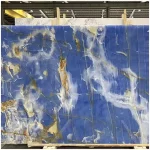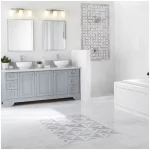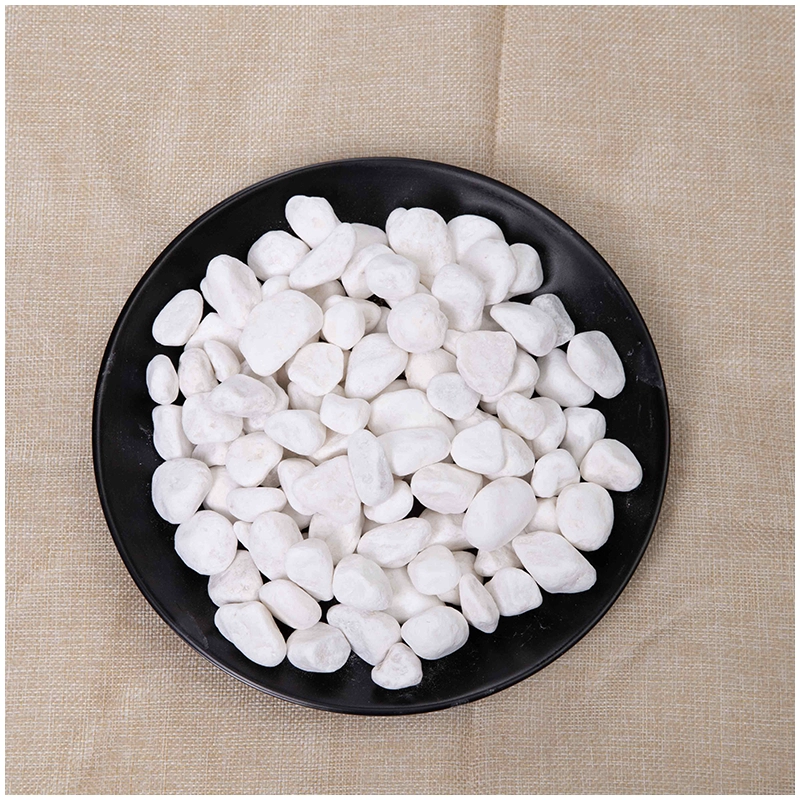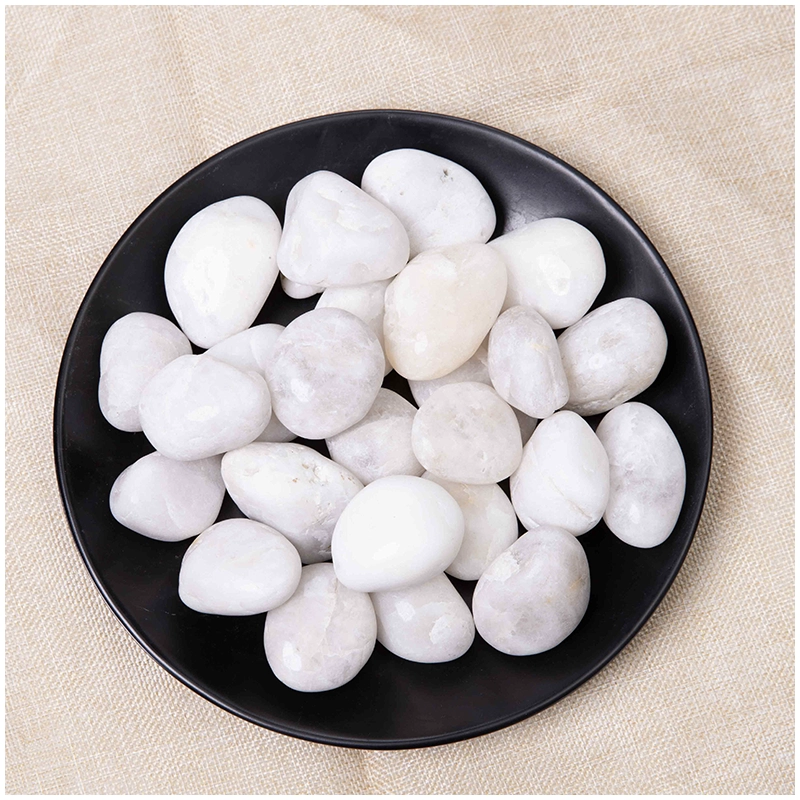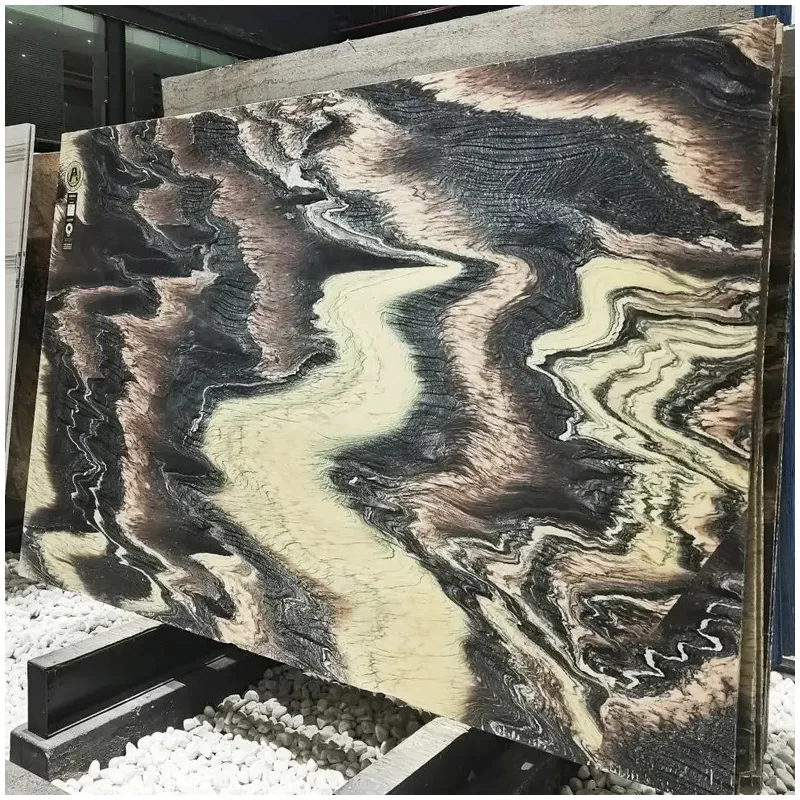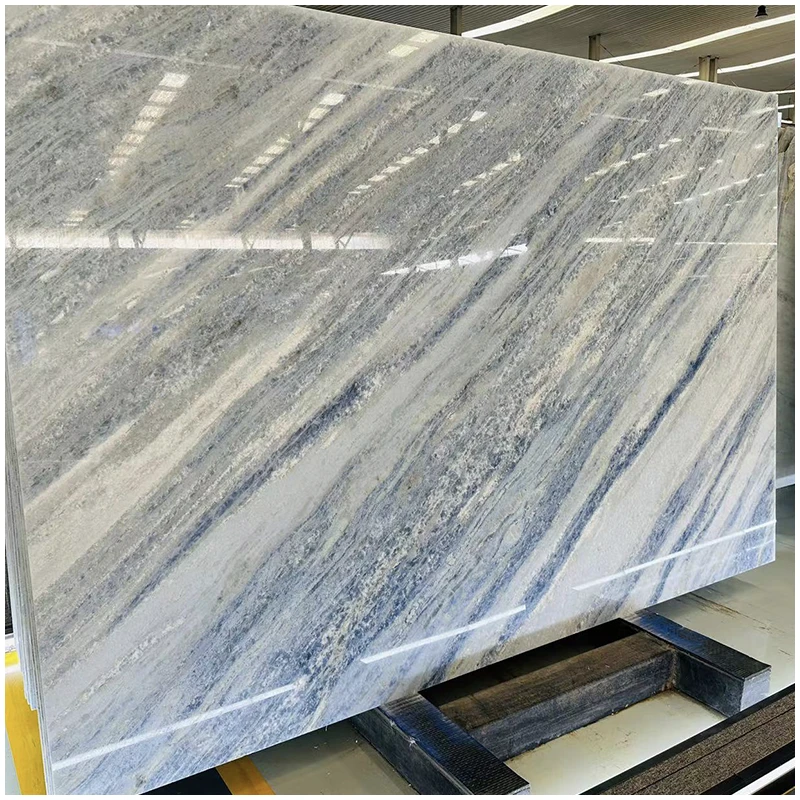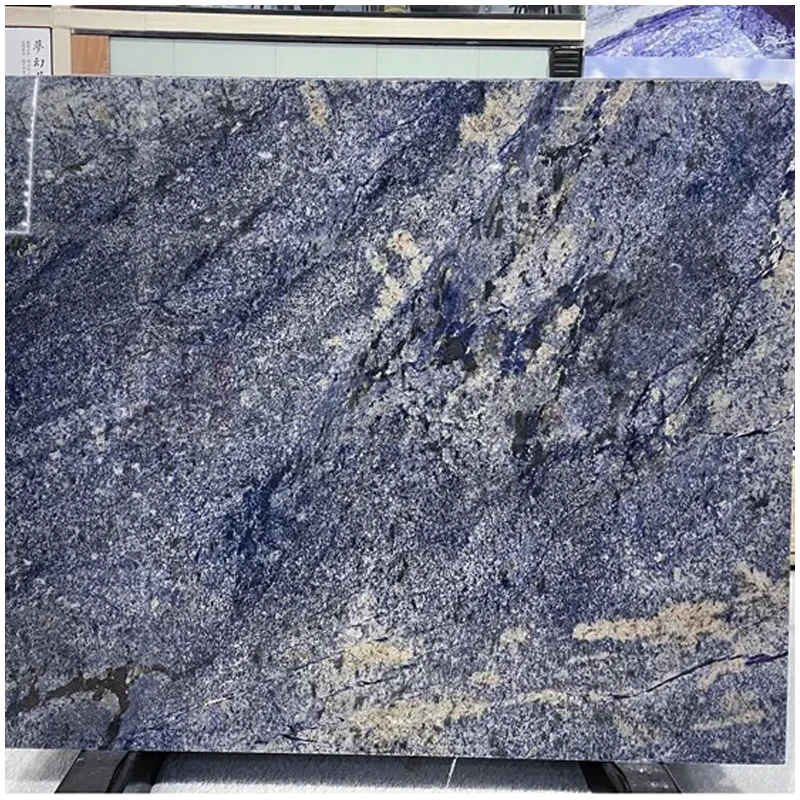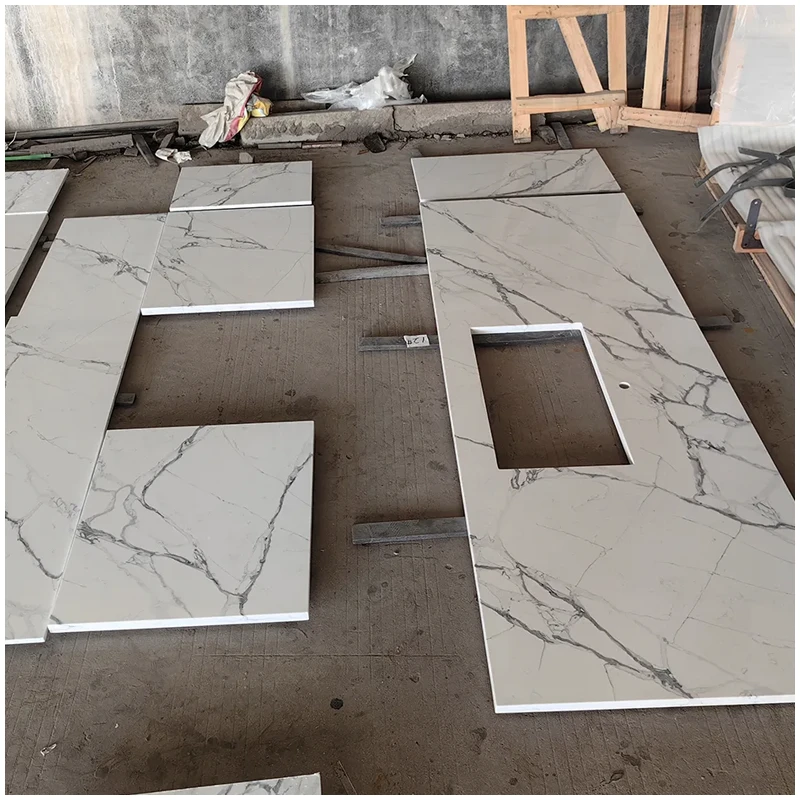Volakas White Marble Floor Tiles
Volakas White Marble Tile Collection Bring natural color, beauty, and warm tones into your home with the Volakas marble series. This authentic Greek marble was used for thousands of years in statues and is guaranteed to bring distinctive style to any space.
Volakas marble’s best-kept secret is an unusual beauty that never fails to dazzle the observer. Original from Greece, this white natural stonework is appreciated both for its uniformity as well as its grey tone veins rushing across a white backdrop to create a unique, timeless kind of marble.
| Good Quality Volakas White Marble Slab | ||
|
Medžiaga |
Ajax Volakas White Marble | |
| Paviršiaus apdaila | Poliruotas, šlifuotas ir kt. | |
| Plokštės |
Dydis |
1800(iki) x600(iki) mm
1800 (iki) x700 (iki) mm
2400(iki) x1200(iki) mm
2800(iki) x1500(iki) mm
… |
| Thk | 18 mm, 20 mm ir t. t. | |
| Plytelės | Dydis |
300x300 mm
600x300 mm
600x600 mm
… |
| Thk | 18 mm, 20 mm ir t. t. | |
| Stalviršiai |
Dydis |
Pritaikymas pagal brėžinius / reikalavimus |
| Thk | 18 mm, 20 mm ir t. t. | |
| Tuštybės stalviršiai | Dydis | Pritaikymas pagal brėžinius / reikalavimus |
| Thk | 18 mm, 20 mm ir t. t. | |





Kuo skiriasi poliruotas marmuras nuo šlifuoto marmuro?
Poliruotas marmuras yra blizgus, labai blizgus. Jis labai lygus, o jo danga veikia kaip apsauginė priemonė. Šlifuotas marmuras yra lygesnės apdailos, jis mažiau atspindi šviesą. Žmonės dažnai renkasi šlifuotą marmurą, nes jis rečiau braižosi ar ėsdinasi. Įbrėžimas ant matinio paviršiaus paprastai būna mažiau pastebimas nei ant blizgios apdailos. Tačiau šlifuotas marmuras bus jautresnis dėmėms, nes akmens poros yra arčiau paviršiaus. Abu variantai tinka daugumai paskirčių, įskaitant naudojimą virtuvėse ir vonios kambariuose.
Why does marble turn yellow?
White marble can turn yellow or brown when the stone is directly it is exposed to water for long periods of time, or if the stone is penetrated by harsh chemicals, including bleach and acids found in some foods and household cleaners. The yellowing usually happens because the iron in the stone oxidizes. If the seal on the marble has weakened or worn, water and other chemicals can reach the surface of the stone and absorb into the pores, which causes discoloration.
Yellowing and discoloration can also be caused if the marble is not cleaned properly. Some cleaners, polishes, and waxes that are not designed for marble can leave a build-up that will cause the stone to turn yellow.
In most cases, the stone can be repaired. It is suggested that you contact an expert for these repairs.



